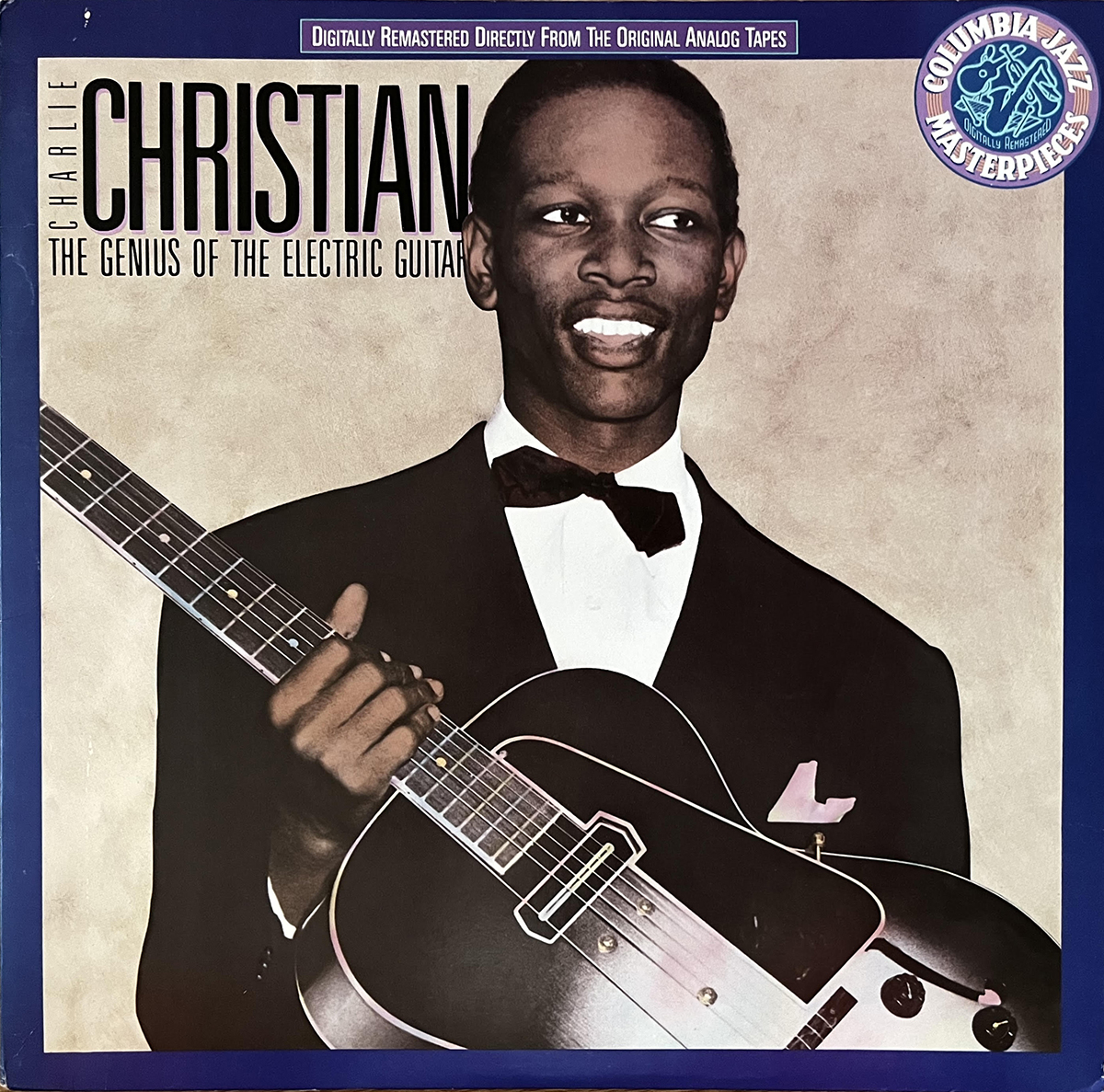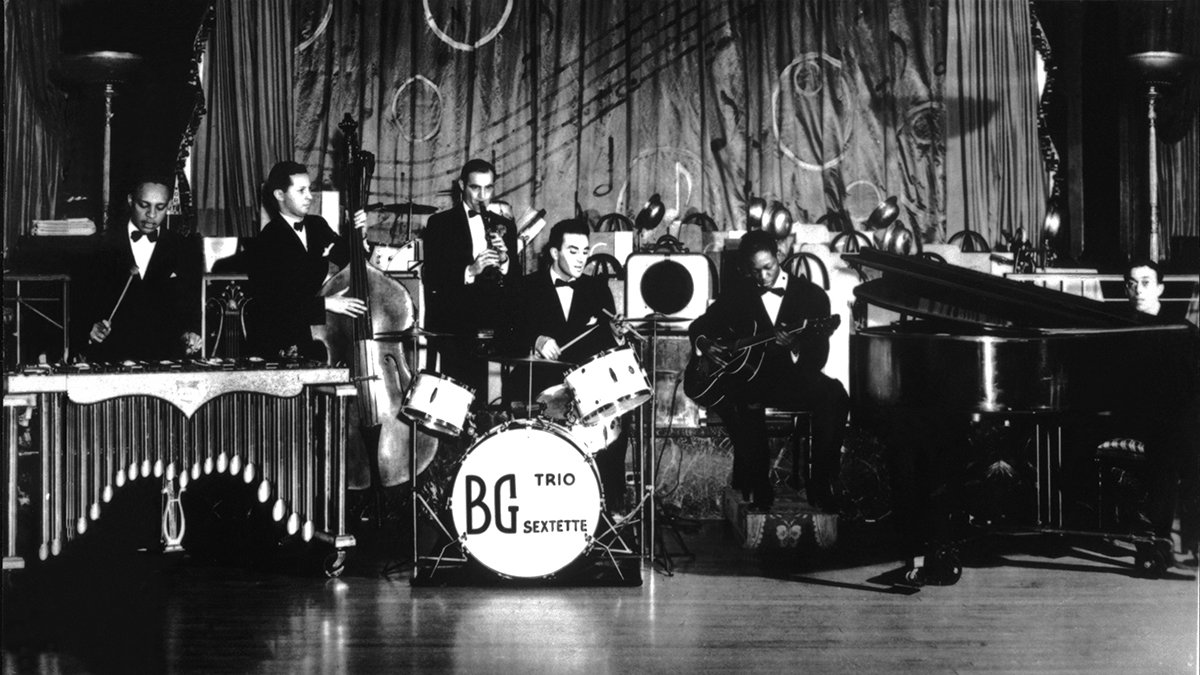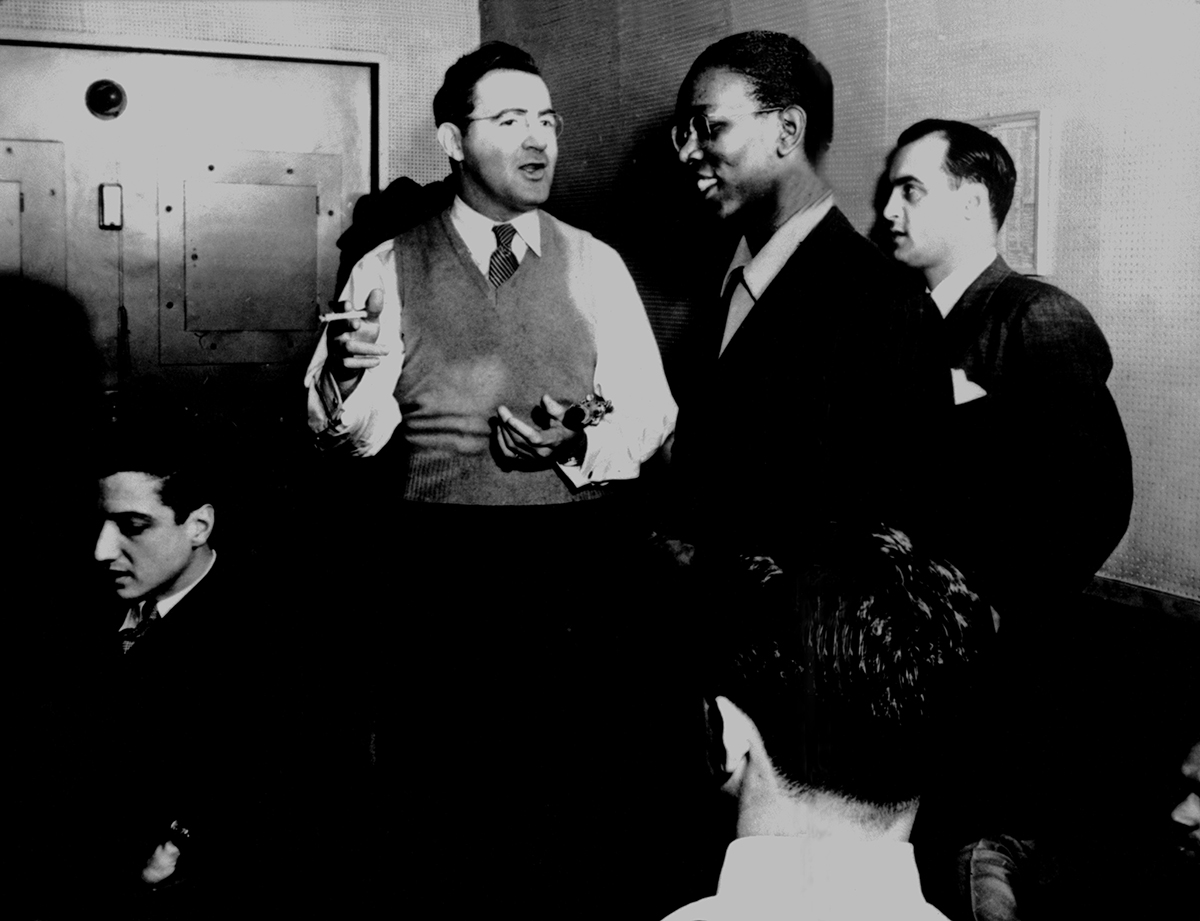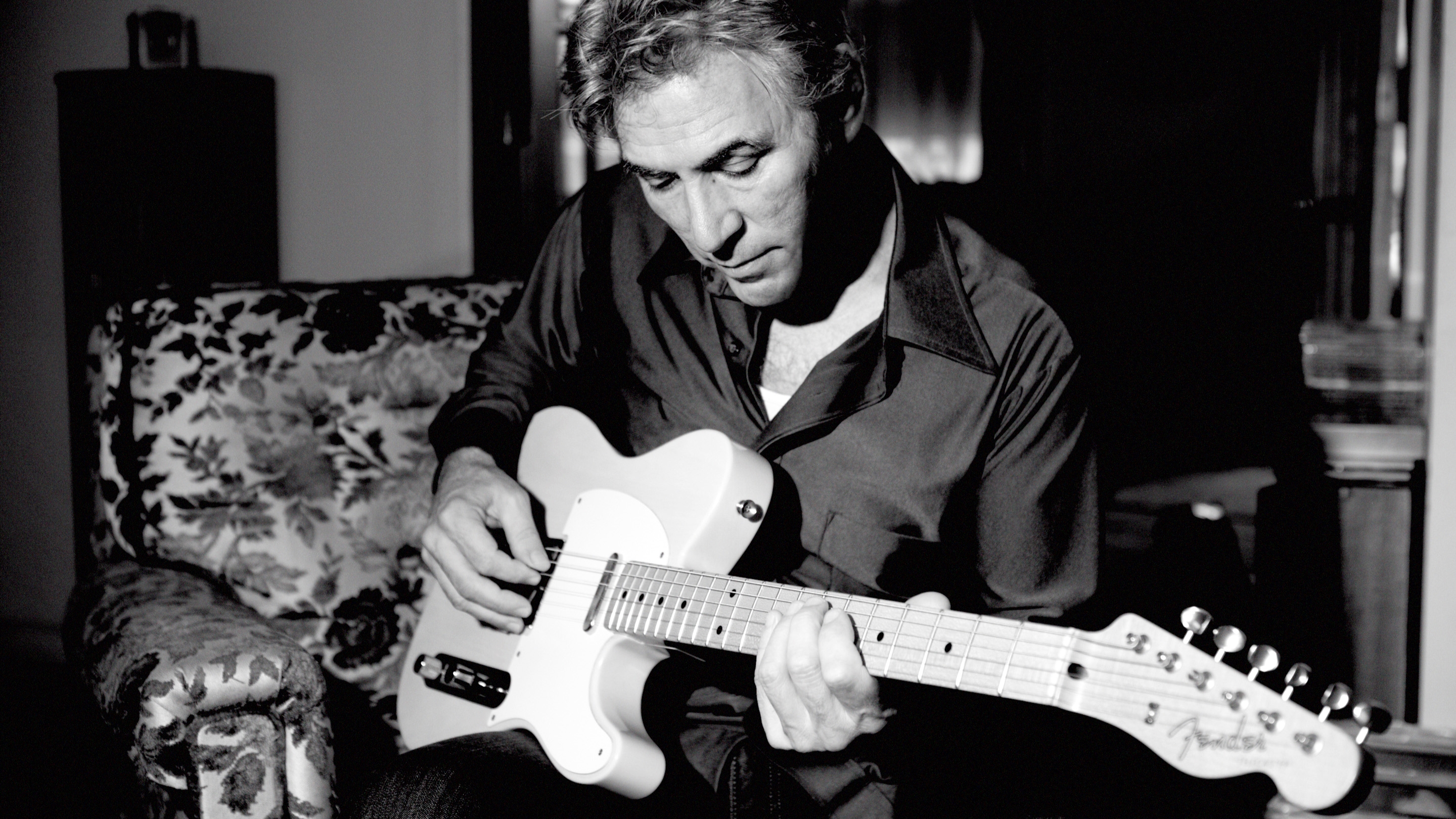What Charlie Christian did with his reasonably sized toolbox was incredible. He showed guitar players the way forward. Here's what I learned
Jazz guitarist Jim Campilongo reflects on Christian's groundbreaking guitar work on the 1987 compilation 'Charlie Christian – The Genius of the Electric Guitar'

Nearly everything you need to know about Charlie Christian can be learned from the compilation album Charlie Christian – The Genius of the Electric Guitar. Released on Columbia Records in 1987, this album has most of his classic performances, including “Rose Room,” “Seven Come Eleven,” “Wholly Cats,” “Air Mail Special” and other great sides. Charlie gave us a lot in his all-too-brief career, before he died on March 2, 1942, at the age of 25.
Charlie Christian was born in Dallas in 1919 before his family resettled in Oklahoma. The Christians were poor, even by the low standards for a Black family of that era. Charlie was deeply influenced by Blind Lemon Jefferson and saxophonist Lester Young, and may have also drawn inspiration from guitarist Eddie Lang. I long to understand how he became a brilliant innovator, but maybe it’s a naive question.

I recall asking Buckethead about his guitar influences, only for him to reply, “The rides at Disneyland.” Sometimes one has to refrain from asking such questions and just accept what is. Charlie Christian seems like a case in point. He was what he was.
Charlie’s instrument of choice was a Gibson ES-150 electric hollowbody guitar with a single blade pickup. His model of electric guitar was commonly sold with a Gibson EH-150 tube amp, which had a single 10-inch speaker and produced 15 watts. Although he also played a Gibson ES-250 guitar through an EH-185 amp, Christian favored the ES-150. With this setup, he created a sound that has been likened to a “distorted saxophone.”

His big break came when he auditioned for the Benny Goodman Sextet in September 1939. Alongside band members Lionel Hampton on vibraphone, pianist Fletcher Henderson, bassist Artie Bernstein and drummer Nick Fatool, Christian became an integral part of the Goodman sound. He toured the states and was heard on the radio, and his contributions come through loud and clear on this album. Reportedly, Charlie contributed significantly to the band’s songwriting but was not credited. However, it’s here that we find his legacy, swinging hard and cutting through all the disadvantages.
The first Christian solo I learned from this album is from “Rose Room,” and it still amazes me. I never let this solo leave my fingertips and I review it every three or four months. I’ve looked at it from every angle, and the more I analyze it, the more I’m taken by its simplicity. I honestly don’t know if Charlie knew it, but he superimposes the minor 6th arpeggio over dominant 7th chords. If presented with an F7 chord, he’d play (from the 3rd fret, 1st string in 3rd position) G, Eb, C, A and (2nd fret, 3rd string, then back to 3rd position), G, F, Eb and C. Presto! This C minor 6 arpeggio is now an F9 arpeggio that creates an otherworldly beauty.

I think another factor in Charlie’s influence over a generation of guitarists is that his concepts are “doable.” On “Seven Come Eleven,” Charlie basically plays the blues over the “I Got Rhythm” A sections, thereby giving us mere mortals permission to solo over these changes without Pat Martino or Charlie Parker looming over our shoulders. Over the B section, Charlie incorporates minor-6th arpeggios with phrases that are lovely and high level but still very “guitar friendly.” These phrases usually remain in one position that throw us a lifeline of understanding. What he did with his reasonably sized toolbox was incredible. He showed us all the way.
All the latest guitar news, interviews, lessons, reviews, deals and more, direct to your inbox!
Charlie suffered from tuberculosis and was forced to leave the Goodman tour in June 1941 to be hospitalized. I’ve read that while he was there, a “friend” paid a visit, bringing him reefer and prostitutes. The following day Charlie Christian was dead.
His legacy is substantial. He rose above his poor upbringing, broke the color barrier with Goodman, and basically risked his life to rise above the prejudice of that time while he redefined the role and voice of electric guitar. Along the way he almost inexplicably becoming one of the most influential electric guitarists of the 20th century. Listen and you’ll find an innovator who laid the groundwork for jazz, blues and rock electric guitar playing, and did it all in just two-and-a-half years before his untimely death.
Jim Campilongo has 14 critically acclaimed instrumental records available on vinyl, CD and digital download here.

